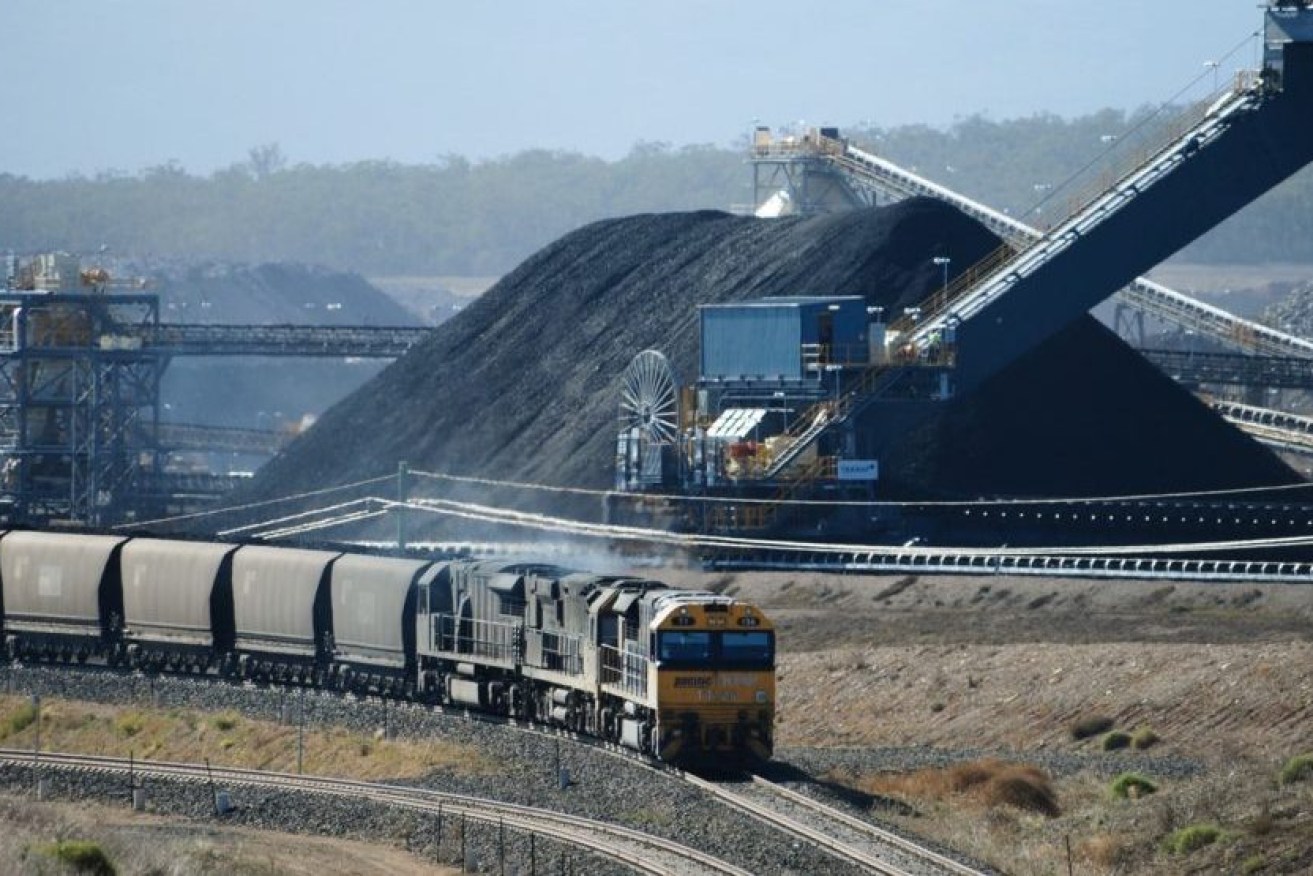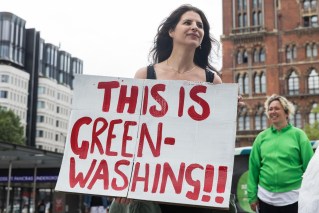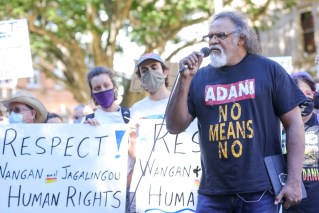How the state’s $5 billion green energy catalyst is really another coal project
The State Government’s $5 billion CopperString project, which is hoped to be a catalyst for renewable energy developments, would need at least 60,000 tonnes of coal to produce the necessary steel to be used in construction.


The massive CopperString project would need vast amounts of coal (File image)
More would be needed for the 75,000 tonnes of concrete for the project which is a transmission line from Townsville to Mount Isa, according to the Queensland Resources Council’s state of the sector report.
The CopperString project is expected to lead the way for major renewable projects in the north.
QEM this week released a short list of companies to build and operate a huge 1GW solar-wind farm at its vanadium project at Julia Creek, which would potentially feed into the CopperString project. The 700MW Kennedy wind farm is another potential user.
Vanadium is used in grid scale batteries but lying on top of the QEM vanadium is a significant oil shale resource, which it also intends to mine.
While the planned wind farms would generate clean energy, creating the wind turbines would be energy intensive and need steel which is predominantly made using metallurgical coal. That is starting to change with hydrogen being used as a replacement.
It has been estimated that a small, two-megawatt wind turbine contains 260 tonnes of steel requiring 170 tonnes of metallurgical coal and 300 tonnes of iron ore, all mined, transported and produced by hydrocarbons. The silicon used in solar panels also needs significant energy.
“The world’s energy transition means Queensland’s resource production mix will change over time, but not necessarily decrease,” the QRC report said.
“The demand for metallurgical coal …. is expected to soar.”
The report also revealed that the industry was deeply concerned about government regulation, particularly the Albanese Government’s intervention of the gas market.
One chief executive telling the survey “arbitrary and ill-conceived government intervention in the orderly function of energy markets is a major concern. This had a materially detrimental impact on sentiment and investment appetite for the sector”.
Costs were also having a major impact on the resources sector, according to the survey.
It found 8 per cent of Queensland producers were in the highest cost quartile, the highest result since 2019. About half were still considered low cost.












